Flying a drone in Italy - the most important information
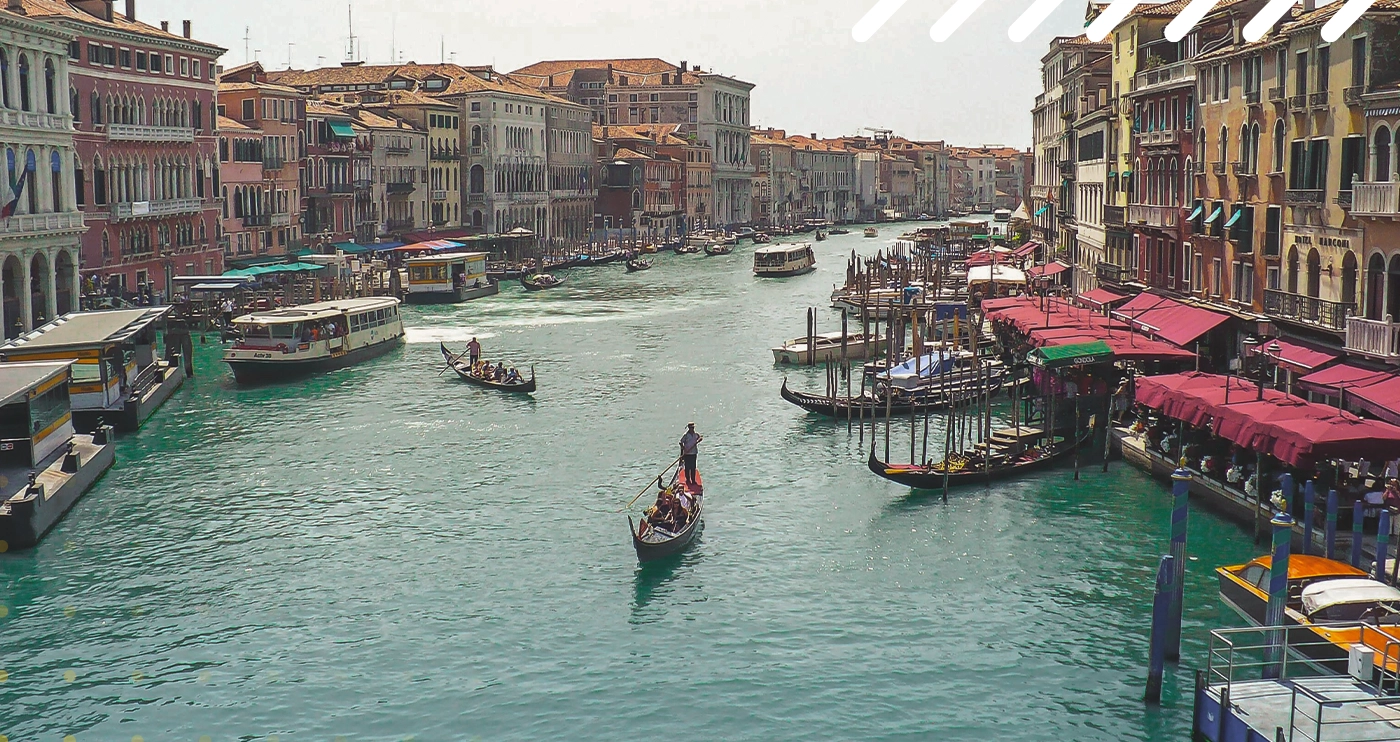
Planning to take your drone on vacation to Italy? Before you take to the air, it's a good idea to learn about the regulations there. Italy - while open to operators - is introducing a series of regulations to ensure the safety of tourists, residents and historic cities. With this post, you will learn what is allowed and what is better avoided when flying in Italy.
Flying a drone in Italy - the most important information
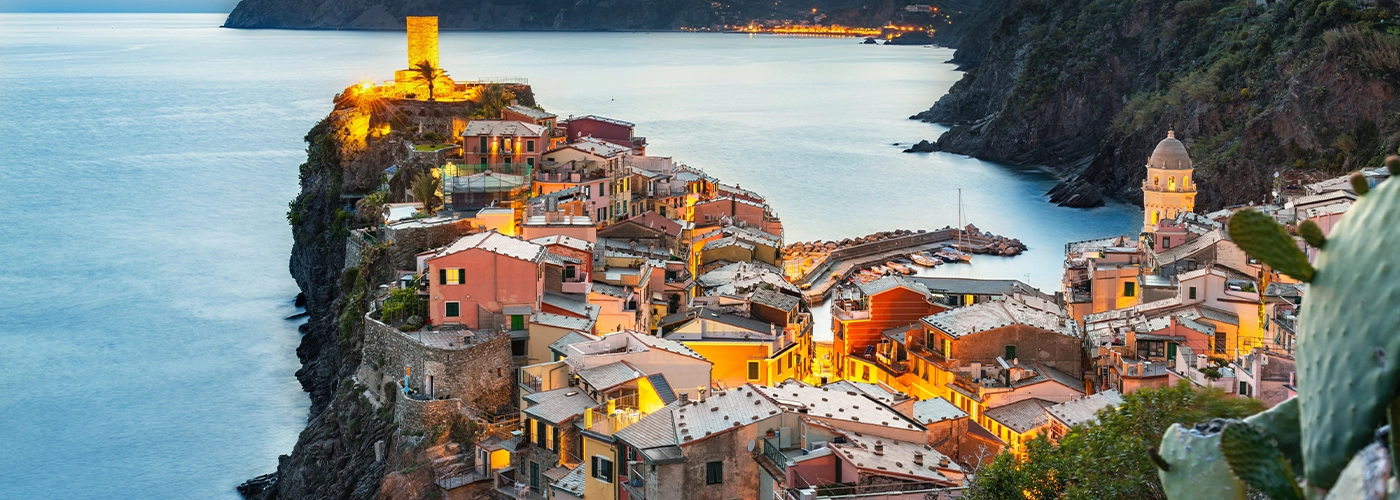
Drone flying in Italy is a topic that generates a lot of excitement among aerial photography enthusiasts and professional operators. The country's drone regulations are subject to both European Union regulations and requirements established by Italian authorities. To avoid unpleasant surprises, we strongly recommend that you familiarize yourself with the details that will allow you to fly safely and legally in the Italian skies.
Is it legal to fly a drone in Italy?
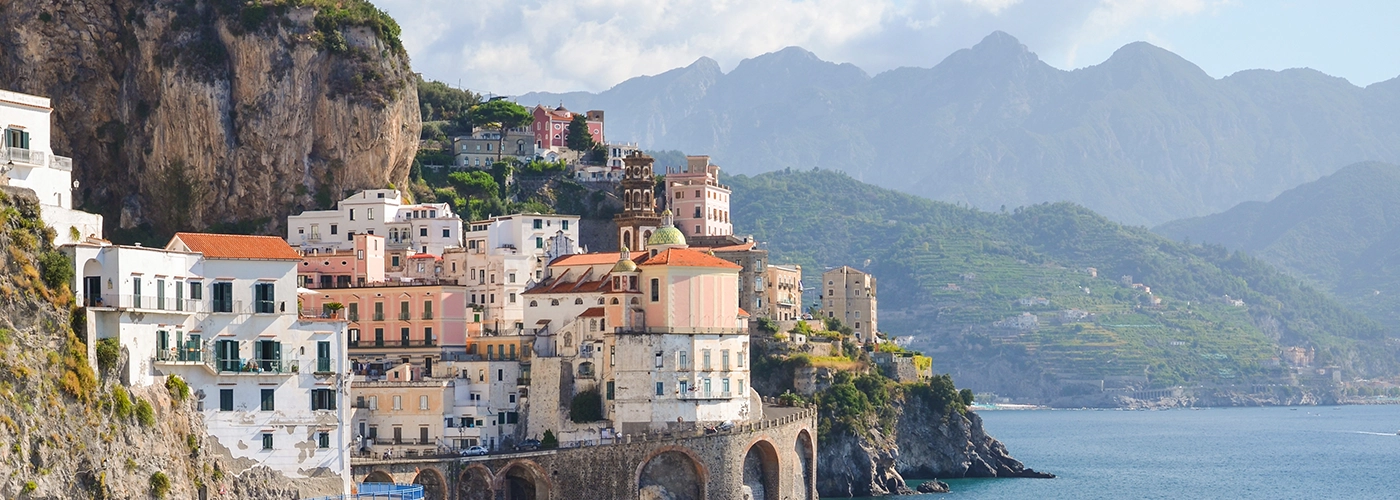
Yes, flying a drone on Italian territory is legal, but is subject to strict regulations. Rules established by the European Aviation Safety Agency (EASA) and national ENAC regulations apply.
The most common form of drone operation used by tourists and hobbyists is the open category, i.e. low-risk flights. Among its main principles are:
- maximum flight altitude: 120 meters above ground level,
- duty to maintain visual contact with the drone (VLOS),
- a ban on flights over gatherings of people,
- ban on night flights without additional authorizations,
- the need to keep a distance from bystanders (unless a drone weighing less than 250 g is used),
- mandatory operator registration for drones weighing more than 250 g or equipped with a camera.
This category is divided into three subcategories: A1, A2 and A3. They differ in the allowable weight of the device, the minimum distance from people and the type of environment in which flights can be performed.
What is the special category?
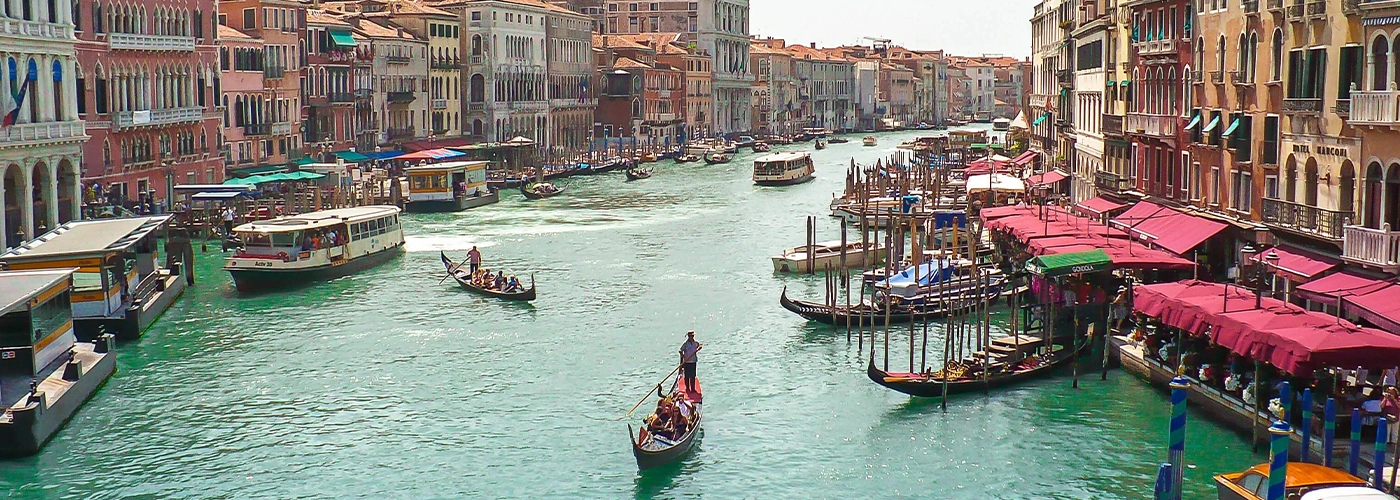
The special category includes high-risk flights such as flying beyond visual line of sight (BVLOS), in close proximity to people or in controlled areas. Requires authorization from the national aviation supervisory authority (in Italy, ENAC) or a formal declaration of operation.
What is a certified category?

This is the highest regulatory level that applies to complex operations, including transporting people or transporting dangerous cargo by drone. In this case, certifications are required for both the operator and the drone itself, as well as authorization for a specific type of operation - similar to manned aviation.
Where drone flight bans apply?

Italy has a number of territorial restrictions. The most stringent regulations apply to historic and tourist zones. Places subject to a total flight ban include m.in.:
- Rome - A ban on flights throughout the historic center, including over the Colosseum, Roman Forum, Vatican City and the city's parks. Flights are possible only after obtaining special permits from security forces.
- Florence - The ban covers the entire center, including Santa Maria del Fiore Cathedral, Ponte Vecchio and the Uffizi Gallery area. Individual approvals are required even to fly near monuments.
- Venice - it is absolutely forbidden to fly over the canals, the square of st. Mark and the Rialto Bridge. City restrictively protects airspace over lagoon.
- Milan - Drone flights are banned in the inner center, especially over the Duomo Cathedral and the Galleria Vittorio Emanuele II. Only commercial flights are allowed, after obtaining the necessary permits.
Other regions of the country also have drone exclusion zones - usually near airports, military facilities, power plants, protected areas and critical infrastructure. Violation of these prohibitions can result in fines of up to tens of thousands of euros.
What are the registration requirements for operators?
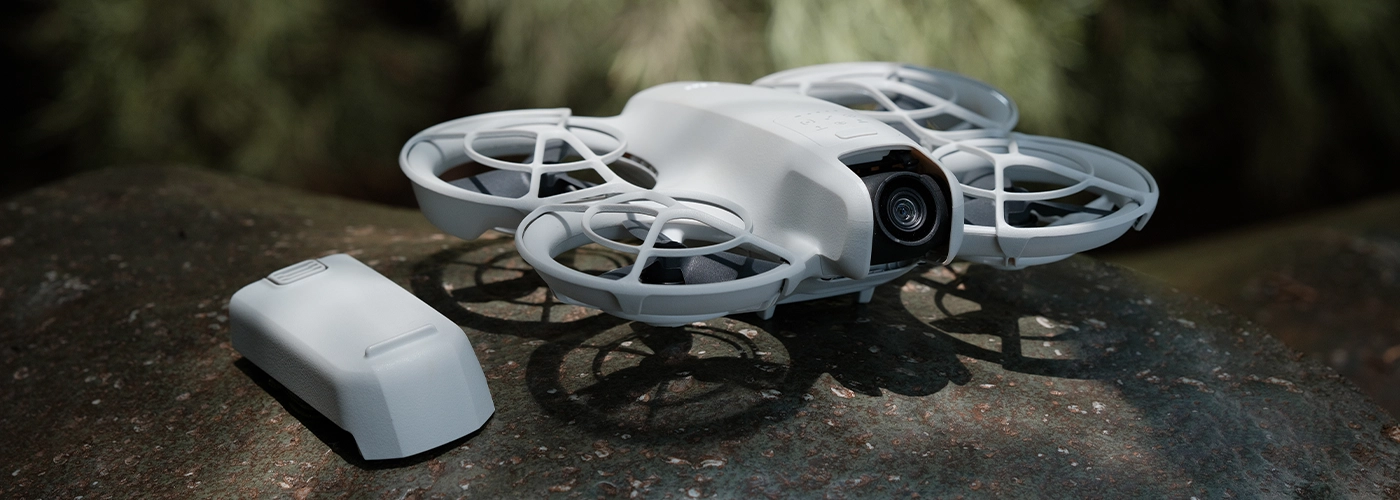
Any operator of a drone weighing more than 250 g or equipped with a camera must undergo registration with the EU system. Registration also applies to those visiting Italy as tourists - regardless of citizenship.
The registration process includes:
- completion of an online course culminating in a test,
- obtaining an operator identification number (ID),
- identification of the drone (usually in the form of a QR code or ID number).
For drones weighing more than 4 kg, it is also necessary to undergo advanced theoretical and practical training and obtain a BSP pilot's license.
How to check the prohibited zones in Italy?
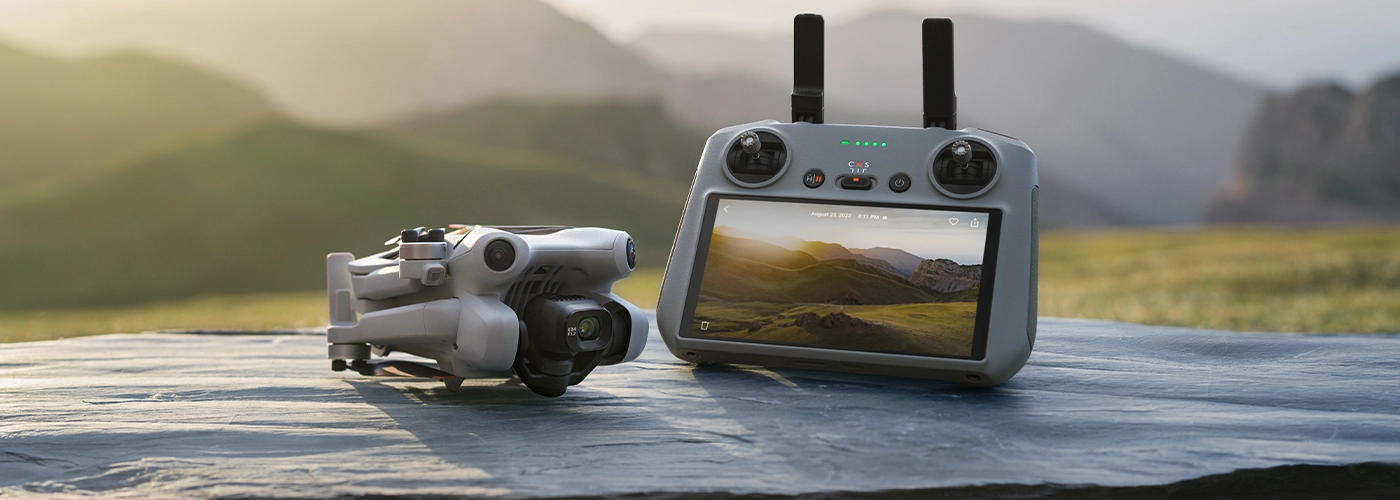
A platform is used to verify drone restricted zones in Italy D-Flight - ENAC official mapping system.
With its help, you can:
- check where drone flying is prohibited or restricted,
- verify the maximum allowed flight altitude in the area,
- generate the required QR code to tag the drone,
- report planned flights in selected operational categories.
The D-Flight map is available online and color-codes the level of restrictions - red is an unconditional ban, yellow indicates a restricted zone, green indicates an area allowed with general rules.
Can drones be used DJI in Italy?
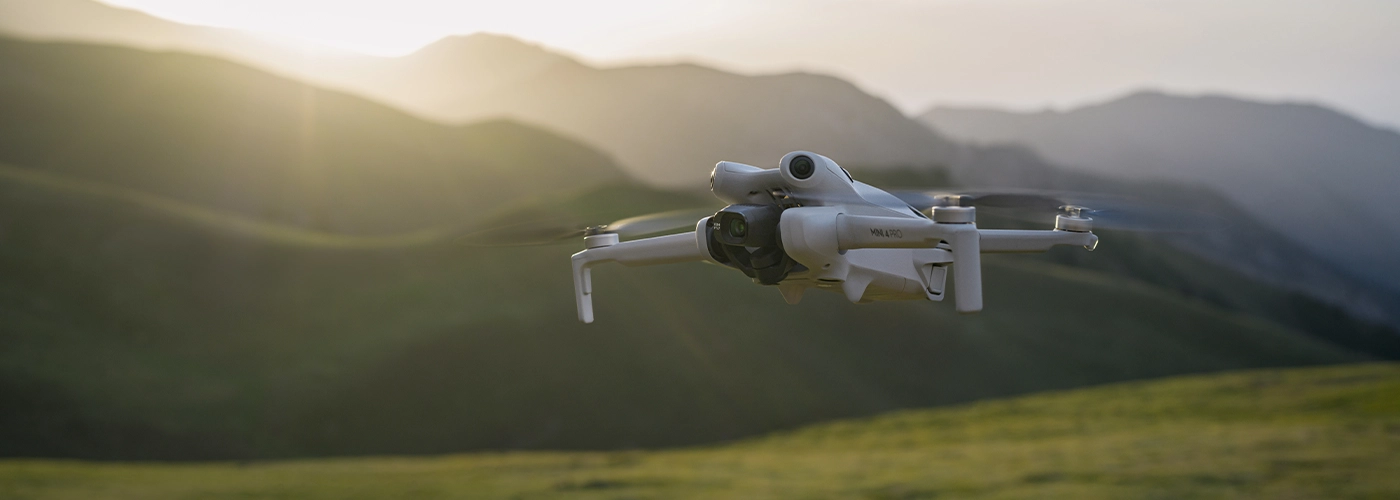
Drones DJI are among the most widely used models by both tourists and commercial operators. Their use in Italy is fully legal, subject to compliance with regulations on weight, registration and type of operation. Regardless of the manufacturer, each drone with camera or weighing more than 250 g requires prior registration.
Summary
To fly stress-free, remember:
- operator registration (if your drone has more than 250g or a camera),
- maintaining the height limit of 120 m,
- flying within sight and away from the crowds.
Be especially careful in historic areas such as Rome, Venice and Florence, where strict prohibitions apply. Use the official D-Flight map to check permitted areas and plan your flight in advance. This will make a drone trip to Italy not only an adventure, but also a safe investment in beautiful memories and footage.
